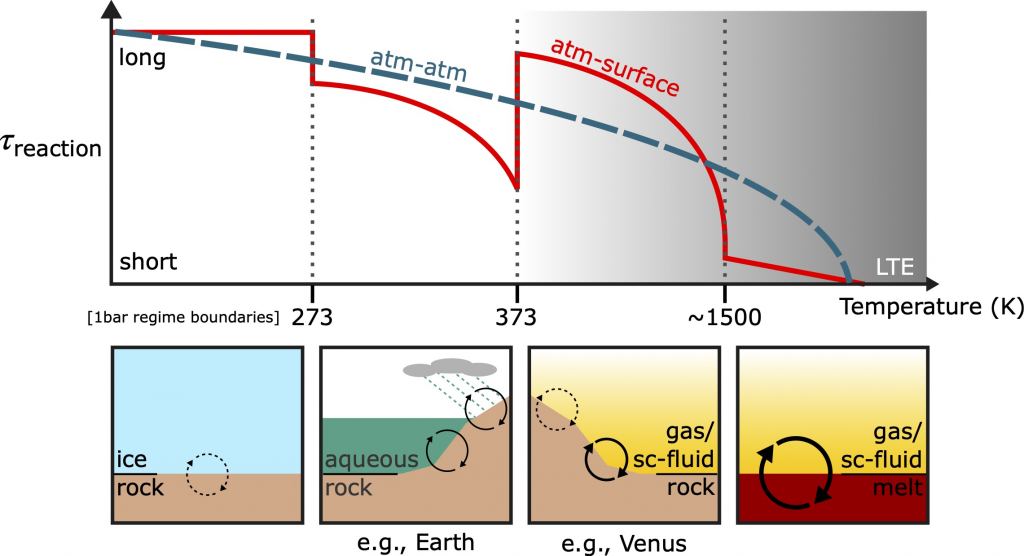
The Atmosphere of an Exoplanet Reveals Secrets About Its Surface
As astronomers have begun to gather data on the atmospheres of planets, we’re learning well-nigh their compositions and evolution. Thick atmospheres are the easiest to study, but these same thick atmospheres can hibernate the surface of a planet from view. A Venus-like world, for example, has such a thick undercurrent making it untellable to see the planet’s terrain. It seems the increasingly likely we are to understand a planet’s atmosphere, the less likely we are to understand its surface. But that could transpiration thanks to a new study in the Monthly Notices of the Royal Astrophysical Society.
Rocky worlds have a rich chemical mart between their surfaces and their atmospheres. On Earth, the cycles of rain and evaporation, seasons of growth and harvest, and volcanic activities transpiration the atmospheric sonnet over time. These exchanges happen over a long timescale, so Earth’s surface and undercurrent are never in a state of bilateral equilibrium. On Venus, with its thicker undercurrent and dry surface, the timescale of mart is shorter, but still not fast unbearable to reach a balance.
In this study, the authors oppose that for warm Venus-like worlds with particularly thick atmospheres, a chemical equilibrium between surface and air can be reached. These worlds are the kind we find closely orbiting small stars, so they are well-suited for atmospheric studies.

To show how this works, the team simulated chemical interactions right at the interface between the undercurrent and the rocky surface. Their simulations showed that chemical equilibrium for simple molecules such as stat dioxide the undercurrent of Venus can be used to probe the sonnet of its surface, and depending on surface temperature, Venus-like exoplanets could see strong interactions for increasingly ramified molecules CaAl2Si2O8 and MgAl2O4.
In other words, under the right circumstances, small rocky worlds closely orbiting their warm star are spanking-new candidates for this kind of study. What we learn well-nigh their atmospheres can unshut a window on the sonnet of their surface, and plane their geological activity. We could plane determine whether unrepealable minerals are present or woolgathering on the surface of an exoplanet, without overly viewing its surface directly.
This kind of information is vital to our understanding of how terrestrial planets form. Previous studies have once shown that our solar system is rather unusual and that a solar system self-ruling of large planets in the inner solar system is rare. By understanding the incubation and sonnet of the inner planets of other stars, we will learn why our solar system is unusual, and perhaps plane learn if life such as ours is worldwide or rare in the Universe.
Reference: Byrne, Xander, et al. “Atmospheres as a Window to Rocky Exoplanet Surfaces.” Monthly Notices of the Royal Astronomical Society (2023): stad3914.
 The Defence Blog
The Defence Blog